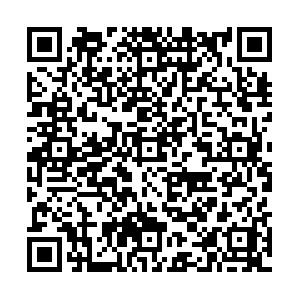Abstract:
Differential absorption lidar is an indispensable tool to measure atmospheric CO
2 for temporal and spatial distribution. The 2.0 μm wavelength Ho:Tm:YLF/Ho:Tm:LuLiF lidar were used for remote sensing atmospheric CO
2 with heterodyne receiver. The KTP parametric oscillator was injected into the seeds, and a differential absorption lidar (DIAL) system of 1.6 μm by using the photon counting technique to profile the atmospheric CO
2 in the troposphere under 7 km. Modulation continuous wave seed laser intensity and the integral path differential absorption lidar, common 1.6 μm optical fiber amplifier, and the use of correlation detection technique, have unique advantages and characteristics in the detection of atmospheric CO
2 column concentrations. The space program for detecting atmospheric CO
2 column concentrations is NASA's ASENDS (active sensing of CO
2 emission over nights, days, and seasons) mission which adopts the method of pulse and integral path differential absorption. The absorption of CO
2 gas cell as a reference to stabilize seed light frequency and the precise control of cavity length lock the on-line wavelength of transmitter, is the key technique for DIAL to measure atmospheric CO
2.


 E-mail Alert
E-mail Alert RSS
RSS


